Government Initiatives and Funding
Government initiatives aimed at improving healthcare infrastructure in the GCC region are playing a crucial role in the growth of the intracranial pressure-monitoring market. Increased funding for healthcare facilities and research programs is facilitating the development and adoption of advanced monitoring technologies. For instance, several GCC countries have launched national health strategies that prioritize neurological health, leading to enhanced resources for hospitals and clinics. This financial support is expected to drive the procurement of sophisticated monitoring devices, thereby expanding the market. Furthermore, public health campaigns aimed at raising awareness about neurological disorders are likely to increase the demand for effective monitoring solutions, further bolstering the intracranial pressure-monitoring market.
Increased Focus on Patient-Centric Care
The growing emphasis on patient-centric care in the GCC healthcare system is driving the intracranial pressure-monitoring market. Healthcare providers are increasingly prioritizing patient outcomes and experiences, leading to a demand for monitoring solutions that facilitate personalized treatment plans. This shift is prompting hospitals to invest in advanced monitoring technologies that provide real-time data and insights into patient conditions. As a result, the market for intracranial pressure-monitoring devices is likely to expand, with a focus on solutions that enhance patient engagement and satisfaction. The integration of patient feedback into treatment protocols further underscores the importance of effective monitoring systems in achieving optimal health outcomes.
Rising Incidence of Neurological Disorders
The increasing prevalence of neurological disorders in the GCC region is a primary driver for the intracranial pressure-monitoring market. Conditions such as traumatic brain injury, stroke, and brain tumors are becoming more common, necessitating effective monitoring solutions. According to recent health statistics, the incidence of these disorders has risen by approximately 15% over the past five years. This trend underscores the need for advanced monitoring technologies to manage intracranial pressure effectively. As healthcare providers seek to improve patient outcomes, the demand for reliable monitoring devices is expected to grow, thereby propelling the intracranial pressure-monitoring market forward. The focus on early diagnosis and intervention further emphasizes the importance of these monitoring systems in clinical settings.
Technological Innovations in Monitoring Devices
Technological advancements in monitoring devices are significantly influencing the intracranial pressure-monitoring market. Innovations such as wireless monitoring systems and miniaturized sensors are enhancing the accuracy and ease of use of these devices. The introduction of smart monitoring solutions that integrate with electronic health records is also gaining traction. These advancements not only improve patient care but also streamline clinical workflows. The market for these innovative devices is projected to grow at a CAGR of around 10% over the next five years, reflecting the increasing adoption of technology in healthcare. As hospitals and clinics in the GCC region invest in state-of-the-art equipment, the demand for advanced intracranial pressure-monitoring solutions is likely to rise.
Growing Demand for Non-Invasive Monitoring Techniques
The shift towards non-invasive monitoring techniques is emerging as a significant driver for the intracranial pressure-monitoring market. Patients and healthcare providers are increasingly favoring non-invasive methods due to their reduced risk of complications and improved patient comfort. Innovations in non-invasive monitoring technologies, such as transcranial Doppler ultrasound and optical methods, are gaining popularity in the GCC region. This trend is likely to enhance patient compliance and satisfaction, leading to a broader acceptance of these technologies in clinical practice. As the healthcare sector continues to evolve, the demand for non-invasive intracranial pressure-monitoring solutions is expected to grow, thereby positively impacting the market.


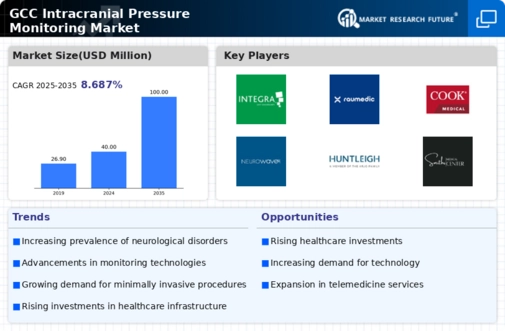
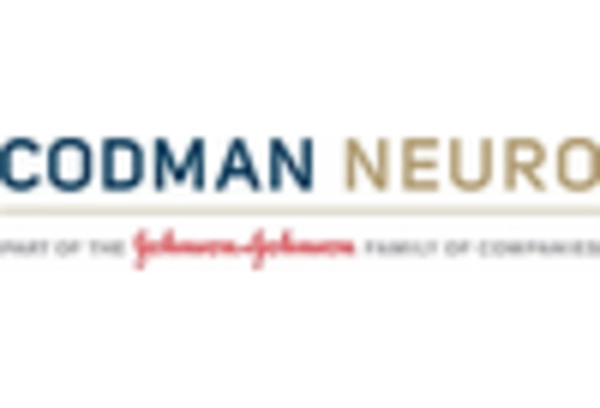

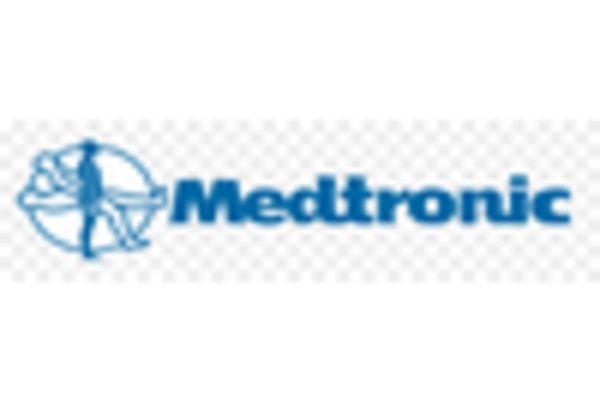
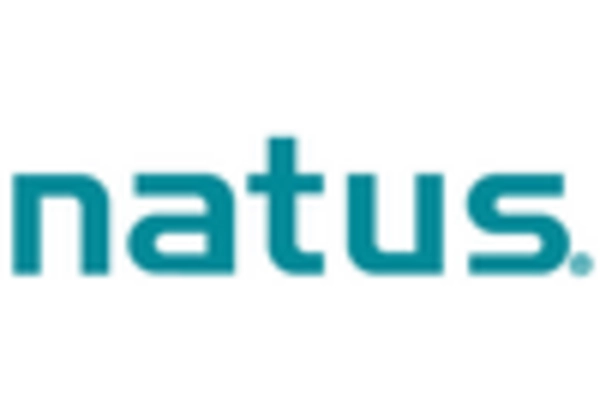
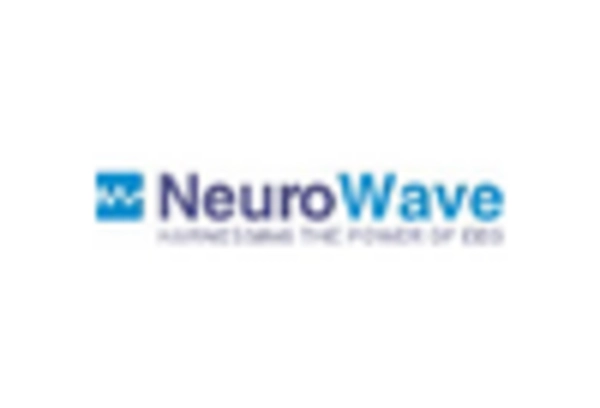
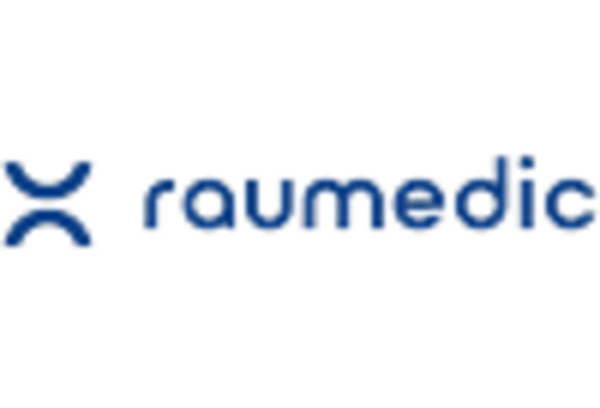








Leave a Comment